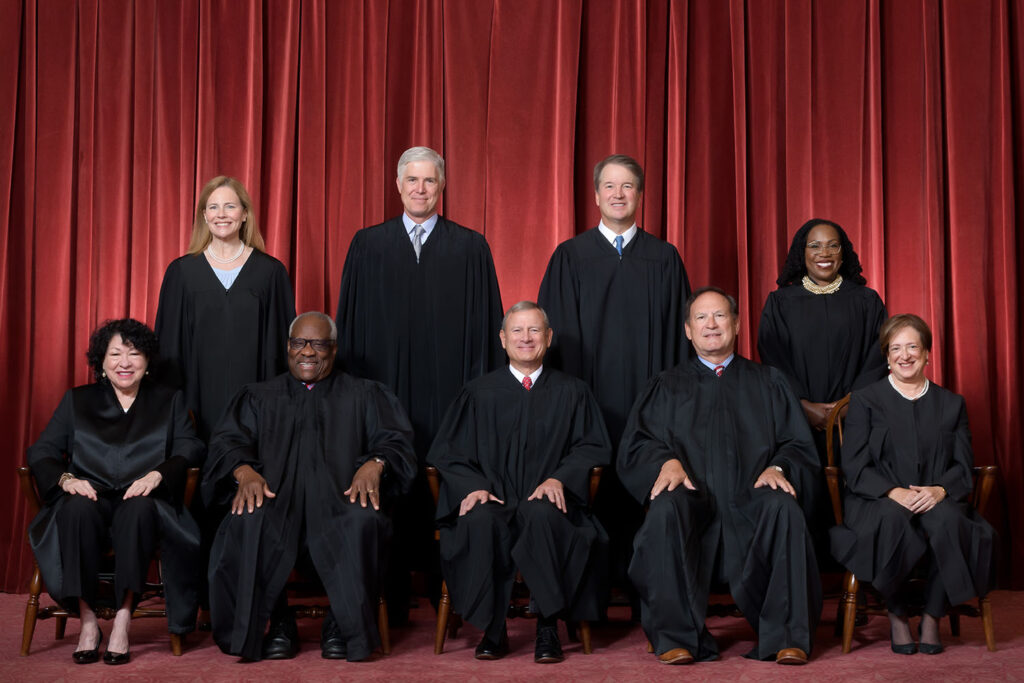Why Pick Federal Appeal Lawyers: Proven Strategies for Effective Appeals
Why Pick Federal Appeal Lawyers: Proven Strategies for Effective Appeals
Blog Article
Debunking the Process of Federal Appeals: What You Required to Know
Navigating the elaborate world of federal appeals can often appear like going across uncharted waters for those not familiar with the procedure. Recognizing the subtleties of appellate court territory, the intricacies of filing a notice of charm, providing a compelling short, and making a persuasive oral argument are crucial elements that can considerably influence the outcome of an instance. By deciphering the layers of complexity bordering federal allures, individuals can acquire a clearer insight right into the mechanisms that govern this critical point of the lawful system.
Comprehending Federal Appeals Refine
Exploring the complex realm of the government appeals process unveils a structured and methodical trip through the judicial system. Federal allures work as a critical system for examining choices made by lower courts. Recognizing this procedure is necessary for any individual entailed in legal process at the federal level.
The process normally starts with a celebration dissatisfied with a reduced court's judgment filing a notice of allure. This sets off a testimonial by a higher court, where a panel of courts examines the legal arguments provided by both celebrations. Briefs outlining the legal thinking behind each party's position are submitted, and dental debates may be heard to clear up complicated problems.
The appellate court's decision is based on a thorough evaluation of the reduced court's proceedings and the debates offered. When the appellate court gets to a decision, it can attest, reverse, remand, or change the reduced court's judgment, giving clarity and finality to the lawful conflict.
Appellate Court Territory Discussed
Appellate court jurisdiction refers to the range of instances that a specific appellate court has the power to determine and examine upon. Unlike test courts that hear cases for the very first time, appellate courts are restricted to assessing decisions made by lower courts.
Appellate courts have territory over certain sorts of situations, generally those involving lawful errors, procedural problems, or inquiries of legislation rather than accurate conflicts. The jurisdiction of appellate courts is generally outlined in laws and laws that control the court system. Recognizing appellate court jurisdiction is crucial for parties included in the charms procedure as it establishes whether a case is eligible for evaluation and the degree to which the appellate court can interfere in the lower court's choice.
Filing a Notice of Appeal
The initial step in starting the federal appeals process includes submitting a Notification of Charm with the suitable appellate court. This crucial document officially alerts the court and the various other parties associated with the case that the appealing celebration means to seek an evaluation of the lower court's decision. Submitting a Notice of Appeal is a rigorous step-by-step requirement that establishes the appellate process moving.
When preparing the Notification of Charm, it is necessary to make certain conformity with the specific guidelines and standards of the appropriate appellate court. federal crime attorney. The document must commonly include details such as the instance name, the lower court's name, the day of the judgment being appealed, and a concise statement indicating the premises for the charm

Rundown and Dental Debate
In the appellate process, providing composed briefs and participating in oral debates play pivotal functions in supporting for the appealing party's position prior to the appellate court. Briefs are extensive lawful papers that describe the parties' debates, lawful authorities, and analysis sustaining their placements. These composed entries give the court with an in-depth understanding of the realities of the instance, the relevant law, and why the appealing party thinks the lower court's choice need to be reversed.
Following the submission and testimonial of the briefs, dental disagreements offer the celebrations a possibility to further clarify their settings, attend to my company any concerns the appellate judges might have, and highlight vital factors from their written briefs. Oral arguments are an opportunity for the attorneys to convince the courts with verbal campaigning for and actions to questions from the bench.
Both the created briefs and dental disagreements are important parts of the appellate process, enabling parties to offer their situation completely and compellingly before the appellate court. - federal crime lawyer
Getting the Appellate Court Choice
The appellate court's decision is generally delivered in a created format and describes the court's conclusions on the legal issues provided, the thinking behind their decision, and the judgment provided. The time frame for obtaining the appellate court's choice can differ, yet courts make every effort to provide prompt resolutions. Whether the appellate court affirms, reverses, or remands the lower court's choice, comprehending the implications of the judgment is crucial for all events involved in the appellate procedure.
Verdict
Finally, the federal charms process is a complex but important action in seeking justice. Recognizing the appellate court jurisdiction, submitting a notice of appeal, preparing briefs, and presenting oral disagreements are all crucial components of this process. Eventually, getting the appellate court decision can provide clearness and resolution to lawful conflicts. It is essential to navigate the government appeals process with diligence and attention to information to accomplish a reasonable end result.
As we proceed from comprehending the government allures procedure to studying the intricacies of appellate court territory, a fundamental aspect comes to light concerning the authority and limitations of these higher courts in the lawful landscape. Appellate court jurisdiction refers to the range of instances that a certain appellate court has the power to choose and review upon. Unlike trial courts that hear instances for the first time, appellate courts are restricted to examining choices made by reduced courts. Understanding appellate court jurisdiction is critical for events entailed in the appeals procedure as it figures out whether an instance is eligible for review and the degree to which the appellate court can intervene in the lower court's decision.

Report this page